He is one of the most popular, Mexican wrestlers to ever set foot in the ring but is known North of the border as one of the most outspoken, straightforward stars in the sport.
Konnan
Real Name: Carlos Ashenoff
Stats: 5′ 10″ 245 lbs.
Born: June 6, 1964
While he is considered by many a mid-level star in the United States, Carlos Ashenoff was the most popular wrestler of the 1990’s in Mexico. Throughout the 1990’s he was such a popular gate attraction that he was mentioned in the breaths as Mexican legends such as El Santo, Mil Mascaras and Perro Aguayo and he was able to crossover into musical and television success.
Carlos Ashenoff was born in Cuba in 1965 and moved to Miami as a young child. After high school, he enrolled in the United States Navy where he became an outstanding boxer and was named to the U.S. Navy Boxing Team. His time spent in the ring helped him to gain a great deal of notoriety and attention from members of the sports and entertainment community and he was approached about pursuing a career in professional wrestling. In 1987 a Mexican wrestling promoter discovered him in San Diego, California and brought him down to Tijuana, Mexico to began his training. Training alongside currents stars like Rey Mysterio and Psychosis, Charles was schooled in the art of high-flying Lucha Libre.
At 5′ 10, 245 lbs., Konnan was much larger than his counterparts but possessed great speed, quickness and athleticism. As such, he was able to compete on their levels but completely outclassed them with his brute strength. Working up and down Northern Mexico and Southern California he gained early experience and refined his skills. Finally he moved on to the number two promotion in Mexico, the Universal Wrestling Alliance. Donning a mask, he took the name Konnan, based on Arnold Schwartzennegar movie character Conan the Barbarian. Soon thereafter he moved over to EMLL promotion where he wrestled alongside Mexicans greats, including Rey Mysterio, Sr. (with whom he teamed in the 1990 Starcade pay-per-view event.) His career continued its upward flight as he faced Perro Aguayo in their famous mask vs. hair match. Aguayo won the match, and Konnan was forced to give up his mask.
Without his mask, Konnan wrestled briefly in the CMLL promotion and then traveled to the United States where he performed as Max Moon. He also made stops in several Japanese promotions (FMW and New Japan Pro Wrestling) before returning back to Mexico. He soon ventured over to the AAA promotion where he engaged in a bitter feud with Cien Caras. In the biggest match of the year in front of almost 50,000 fans in the Plaze de Toros stadium in Mexico City, Caras defeated Konnan when Jake the Snake Roberts interfered with the match. Although the stimulation for the match was that the loser must retire, Konnan refused to do so because of Roberts interference. In 1994 he came back to face Roberts in a hair vs. hair match in Tijuana, Mexico. Having become friend and tag team partner with Aguayo, Konnan shocked AAA fans when he turned on him and joined with the infamous Los Gringos Locos, a group composed of Art Barr, Eddy Guerrero and Louie Spicolli. The group bragged about the imminence of the United States and degraded the Mexican fans about their country. This created the biggest sensation in Mexican wrestling in years. It climaxed during AAA’s first pay-per-view event, “When Worlds Collide” which took place in Los Angeles on November 6, 1994. In the main event of the pay-per-view, Konnan was battered and bloodied in a cage match against Aguayo and came out of the match the loser.
During his career in Mexico, Konnan was a media star, featured in a television soap opera as well as promoting a rap album he performed on. Frenzied crowds flocked to see him wherever he was and his popularity was rivaled that of American sports and music stars. His loss to Aguayo, however, signaled a turning point in his career as he left Mexico and entered Extreme Championship Wrestling. Although he gained a following in ECW as he battled against the Sandman, he soon moved on to World Championship Wrestling where many believed he would gain stardom and on January 29, 1996, he defeated the One Man Gang to win the WCW United States Heavyweight championship (which he ultimately lost six months later to Ric Flair at the Bash at the Beach pay-per-view in Daytona Beach, Florida). Over the next few years there were numerous changes in the lineup in WCW and Konnan was often on the wrong end of the backstage politics, thus limiting his opportunity to excel in WCW. He did, however, capture the WCW World Television title (defeating Chris Jericho in Chattanooga, Tennessee on November 30, 1998) and later teamed with Rey Mysterio Jr. to take the WCW Tag Team belts from Harlem Heat. He also was a member of the New World Order group that threatened to take over WCW and his influence with hip-hop lingo carried over to almost everyone in the company. Unfortunately, he suffered numerous setbacks from injuries and personality conflicts with WCW management and his pushes seemed to get derailed. He remains very popular with fans and is now receiving credit for his influence behind the scenes and is poised to continue his success in the future.






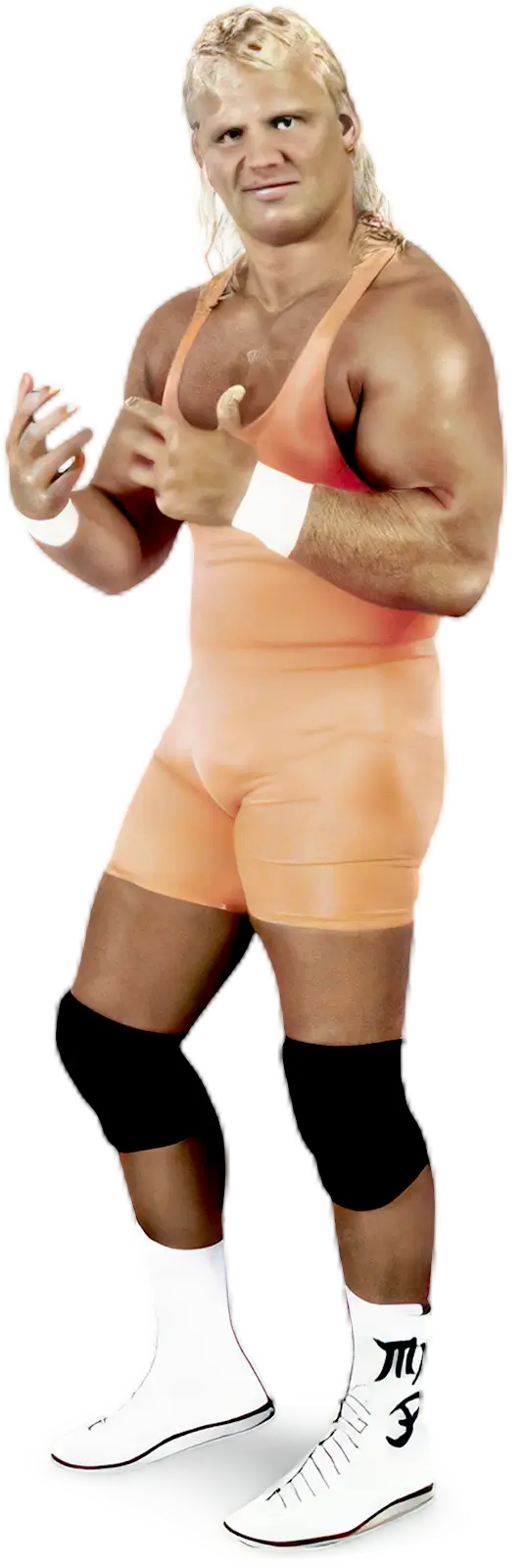 In late 1991 he returned as an advisor to Ric Flair. As Flair’s “Executive Consultant,” Hennig helped the “Nature Boy”to win the WWF Heavyweight championship. Their partnership seemed solid until Randy Savage asked Hennig to serve as his partner against Flair and Razor Ramon. By accepting the invitation, he thereby severed all ties with Flair. In January 1993, Hennig defeated Flair in a “loser leaves the WWF match.” While this seemed to set the stage for a big push for Curt, his back injury flared up again and he was forced to take more time off.
In late 1991 he returned as an advisor to Ric Flair. As Flair’s “Executive Consultant,” Hennig helped the “Nature Boy”to win the WWF Heavyweight championship. Their partnership seemed solid until Randy Savage asked Hennig to serve as his partner against Flair and Razor Ramon. By accepting the invitation, he thereby severed all ties with Flair. In January 1993, Hennig defeated Flair in a “loser leaves the WWF match.” While this seemed to set the stage for a big push for Curt, his back injury flared up again and he was forced to take more time off.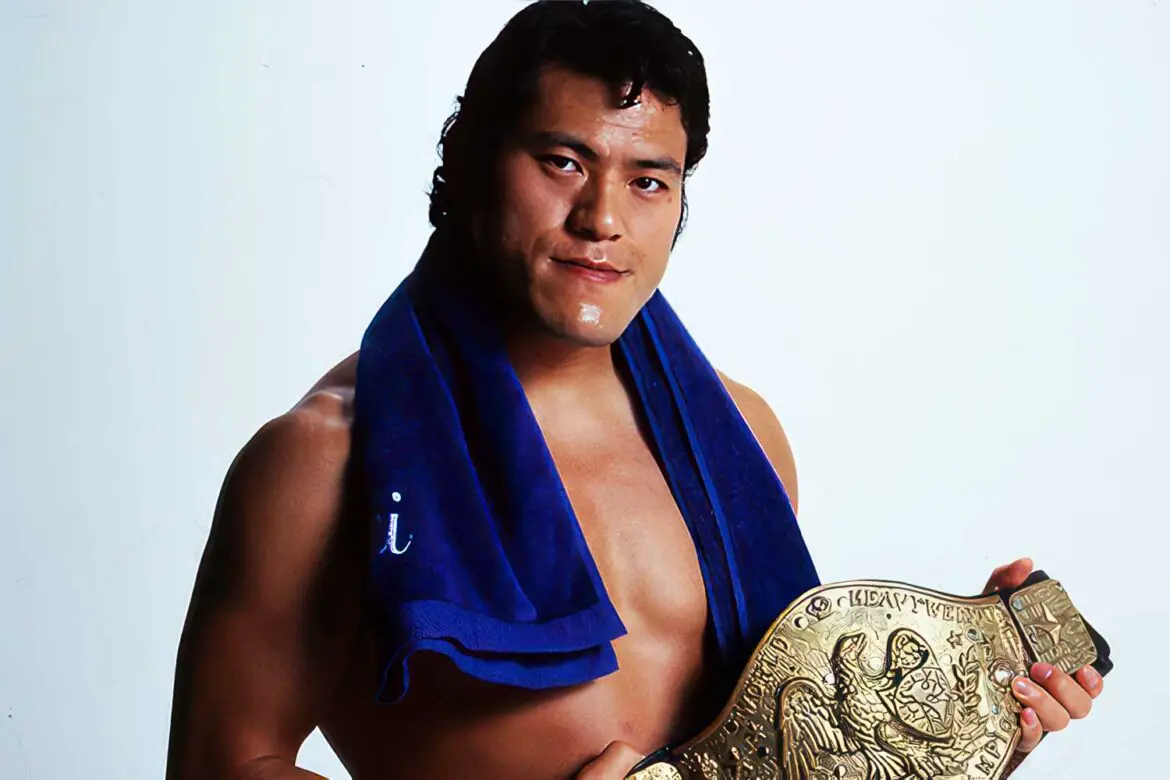

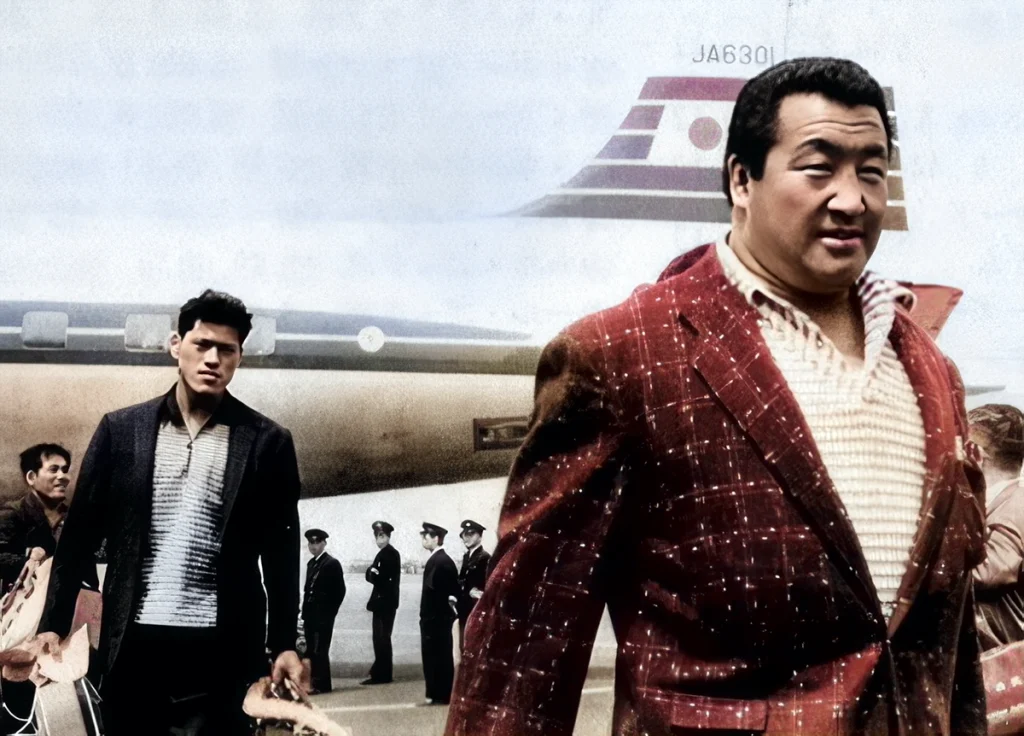
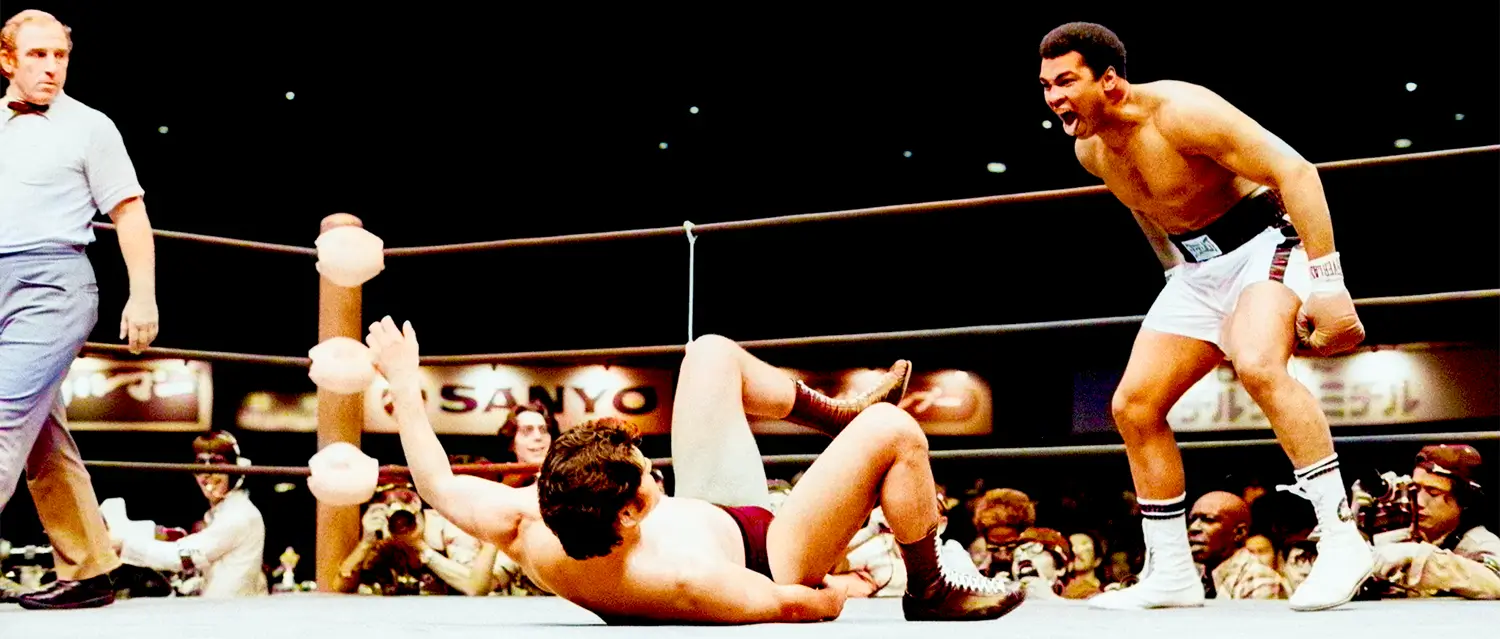
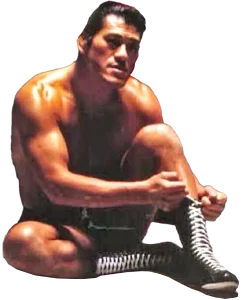


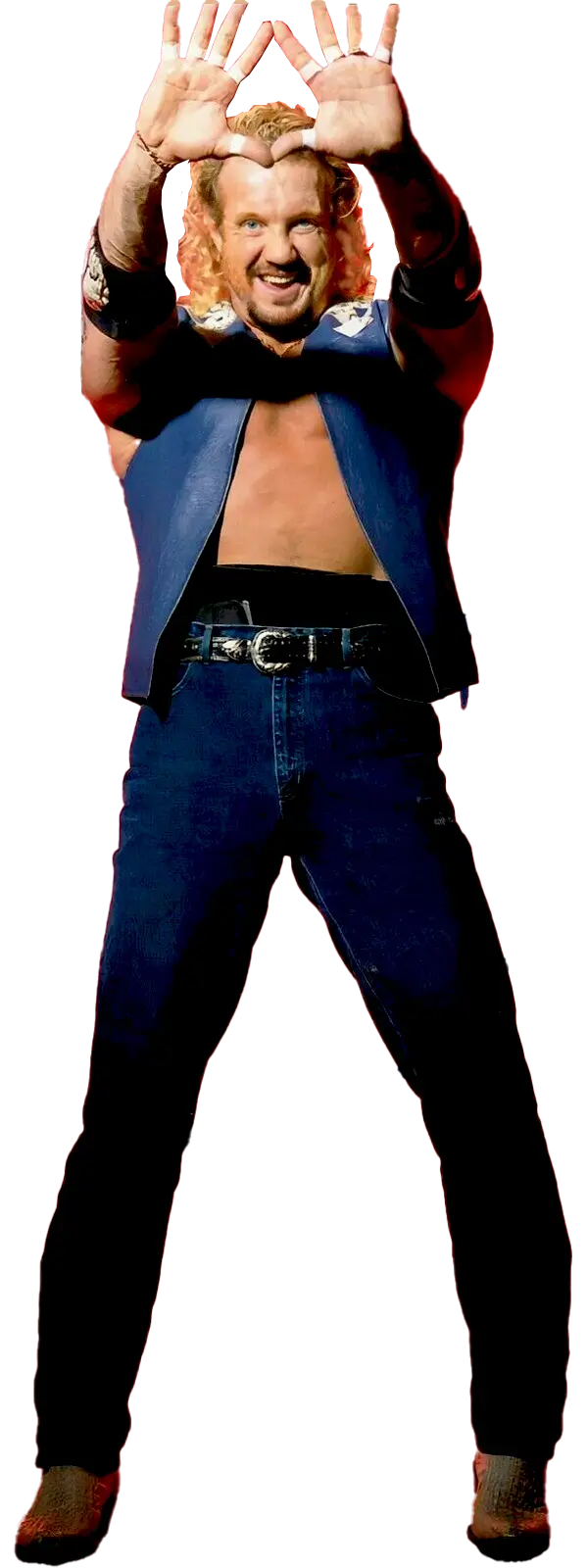 Having gained a great deal of notoriety, Page was finally elevated to the top of the industry and shocked a great many when he won a four-way dance matchup against Hogan, Sting and Ric Flair on April 11, 1999 in Tacoma, Washington. After losing the belt two weeks later to Sting, he reclaimed it in an impromptu four way match against Sting, Kevin Nash and Goldberg. Unfortunately, backstage politics undermined his title reign and he lost the belt to Kevin Nash a few weeks later. As poor booking and backstage powerplays caused WCW’s television ratings to plummet, Page saw less and less time in the main event and he seemed to be a forgotten man for the rest of 1999. He did not remain idle, however, and starred in a movie, Ready to Rumble, along with David Arquette and in the spring of 2000 found himself back in the title hunt capturing the WCW Heavyweight again. Injuries, however, forced him to take some time off to heal and he was forced to reevaluate his next steps in the business.
Having gained a great deal of notoriety, Page was finally elevated to the top of the industry and shocked a great many when he won a four-way dance matchup against Hogan, Sting and Ric Flair on April 11, 1999 in Tacoma, Washington. After losing the belt two weeks later to Sting, he reclaimed it in an impromptu four way match against Sting, Kevin Nash and Goldberg. Unfortunately, backstage politics undermined his title reign and he lost the belt to Kevin Nash a few weeks later. As poor booking and backstage powerplays caused WCW’s television ratings to plummet, Page saw less and less time in the main event and he seemed to be a forgotten man for the rest of 1999. He did not remain idle, however, and starred in a movie, Ready to Rumble, along with David Arquette and in the spring of 2000 found himself back in the title hunt capturing the WCW Heavyweight again. Injuries, however, forced him to take some time off to heal and he was forced to reevaluate his next steps in the business.
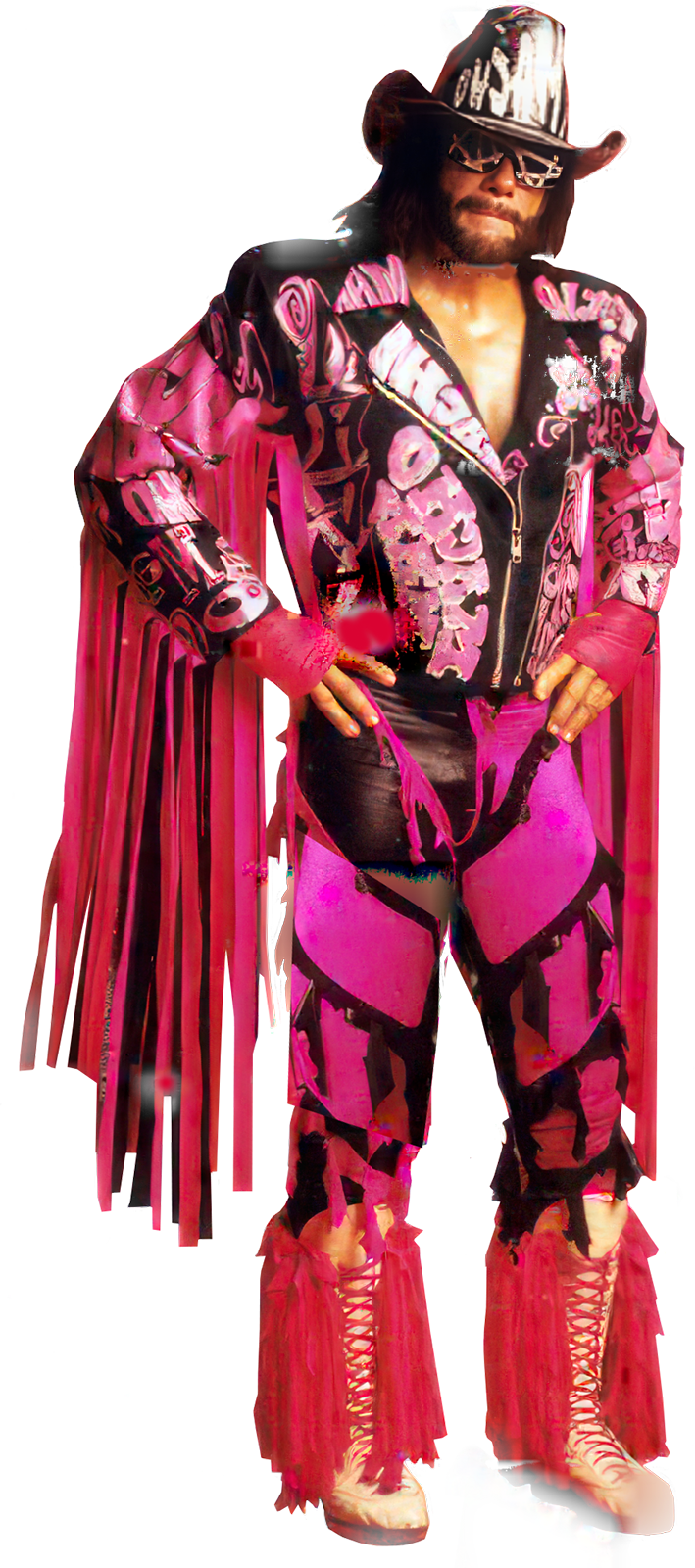
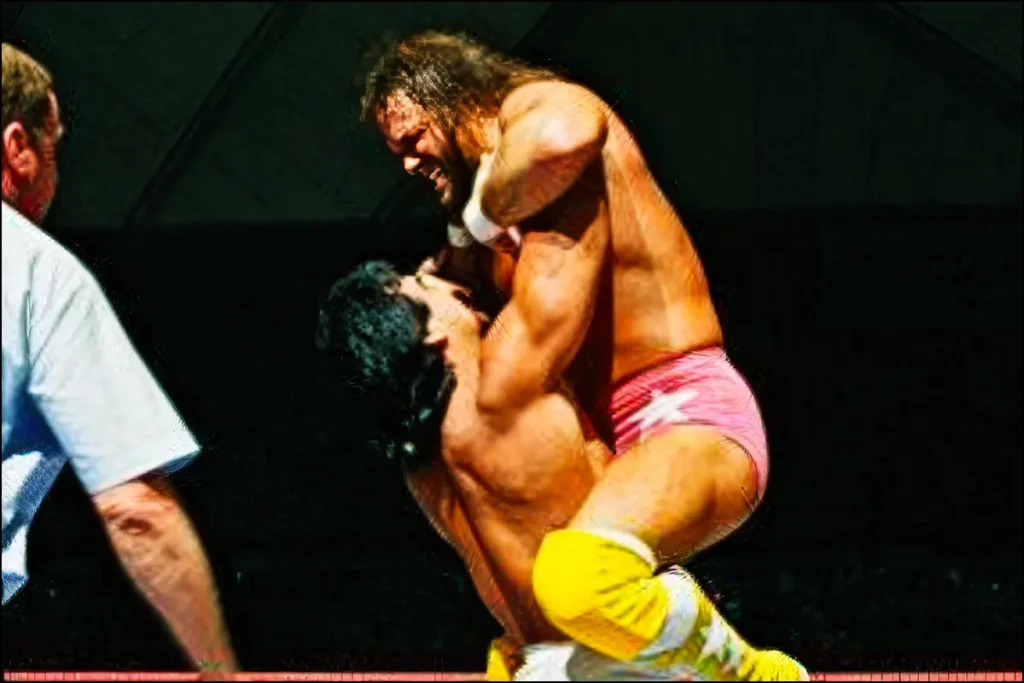
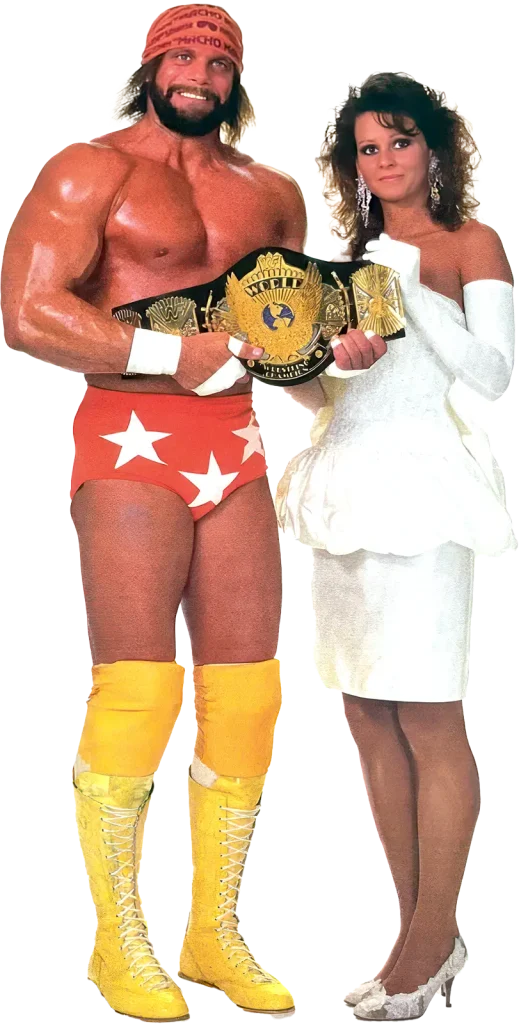 Death
Death
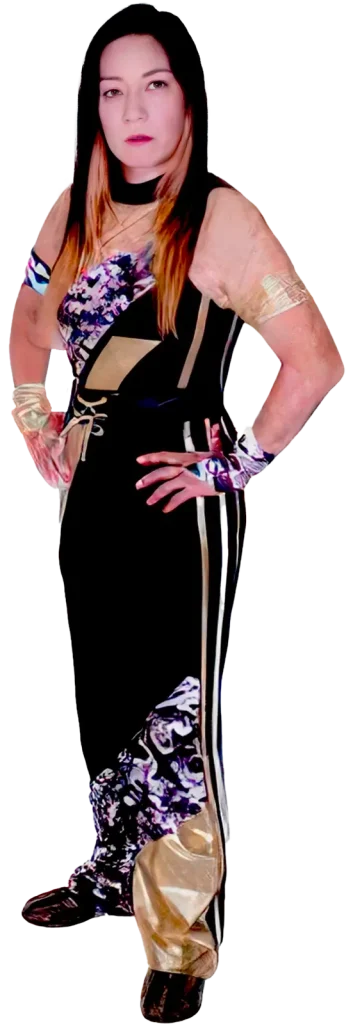
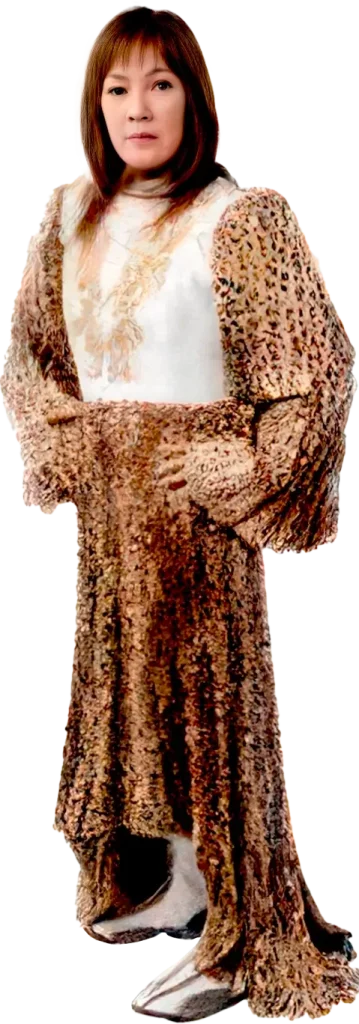 A decade after her initial retirement, Jaguar Yokota successfully returned to professional wrestling in 1995. Despite being away from the ring for ten years, she continued to compete at a high level and captured the JWP Openweight Championship during her second run. She also played a role as a mentor to a new generation of female wrestlers and showcased her in-ring prowess against younger talents.
A decade after her initial retirement, Jaguar Yokota successfully returned to professional wrestling in 1995. Despite being away from the ring for ten years, she continued to compete at a high level and captured the JWP Openweight Championship during her second run. She also played a role as a mentor to a new generation of female wrestlers and showcased her in-ring prowess against younger talents.

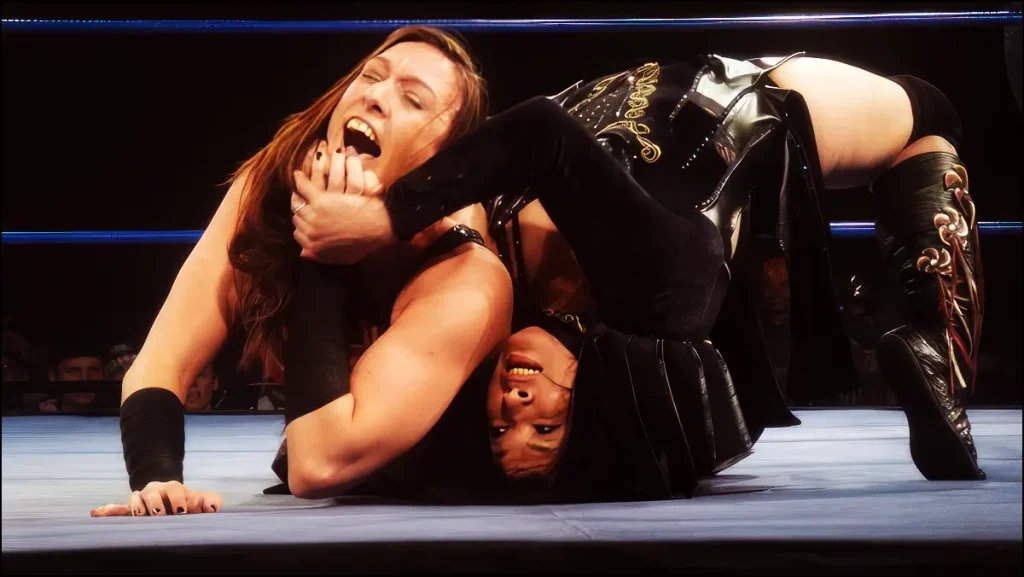


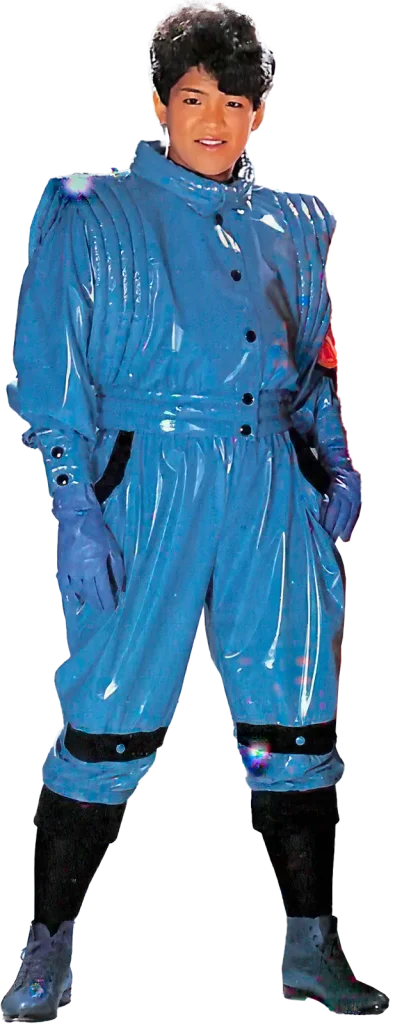
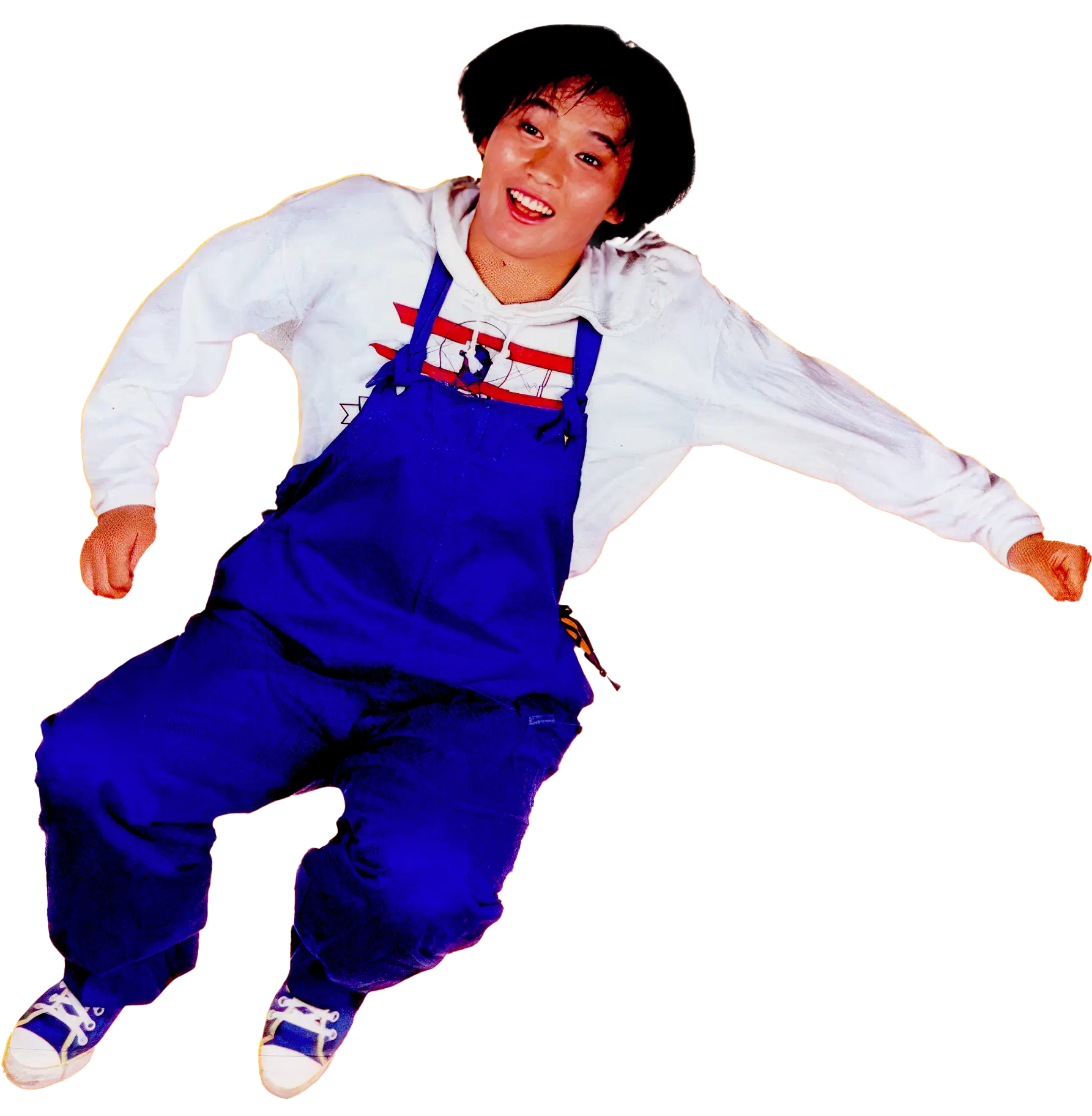 Although Nagayo retired from in-ring competition, she remained involved in the wrestling industry. In 1995, she co-founded GAEA Japan, a women’s wrestling promotion, which operated successfully until it closed in 2005. In 2015, she founded another women’s wrestling promotion, Marvelous, further demonstrating her ongoing commitment to the growth and development of women’s professional wrestling.
Although Nagayo retired from in-ring competition, she remained involved in the wrestling industry. In 1995, she co-founded GAEA Japan, a women’s wrestling promotion, which operated successfully until it closed in 2005. In 2015, she founded another women’s wrestling promotion, Marvelous, further demonstrating her ongoing commitment to the growth and development of women’s professional wrestling.
